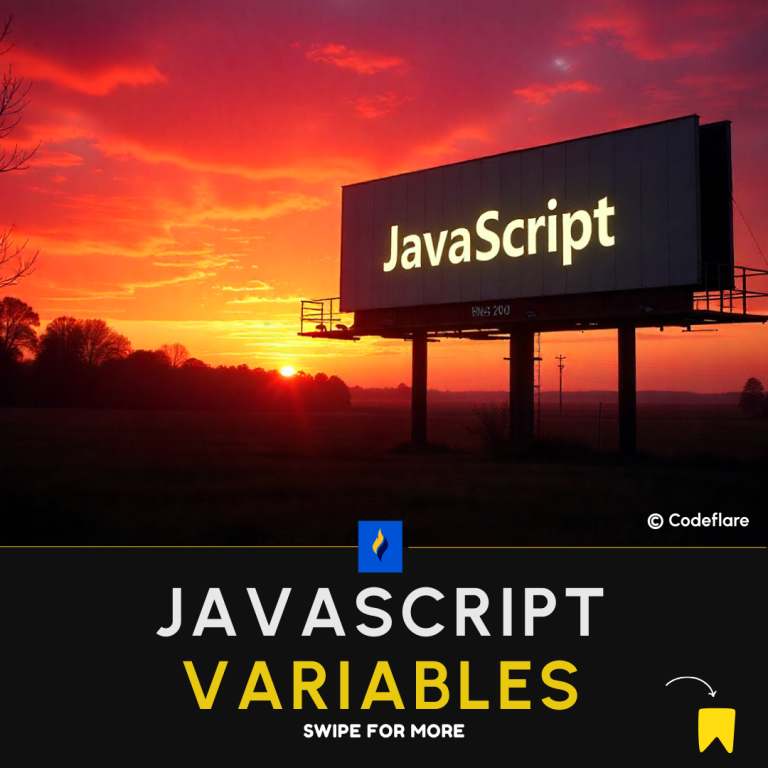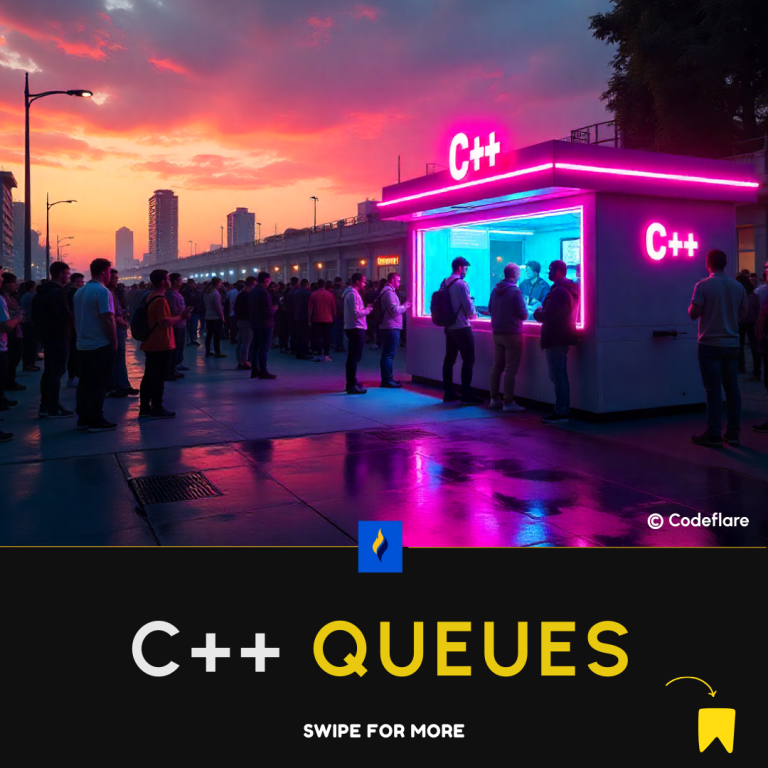
Introduction
React Native has emerged as one of the leading frameworks for mobile app development, allowing developers to build cross-platform applications using JavaScript and React. However, like any technology, mastering React Native requires understanding its nuances. Here are essential React Native tips for developers to enhance their React Native development skills.
1. Understand the Basics of React and JavaScript
Before diving into React Native, ensure you have a solid grasp of React fundamentals and JavaScript concepts. Knowledge of components, state, props, and lifecycle methods will make your transition to React Native smoother.
2. Leverage the Power of Native Modules
For performance-critical features, consider using native modules. React Native allows you to write native code in Swift, Objective-C, or Java for iOS and Java or Kotlin for Android, enabling you to harness device-specific capabilities.
3. Utilize Expo for Quick Prototyping
Expo is an open-source platform that streamlines the React Native development process. It provides a set of tools and services for building apps quickly and simplifies tasks such as asset management and testing.
4. Optimize Performance with FlatList
When dealing with large data sets, use FlatList instead of ScrollView. FlatList is optimized for performance, rendering only the items that are currently visible on the screen, which significantly reduces memory consumption.
5. Use Hooks for State Management
React hooks, such as useState and useEffect, simplify state management in functional components. They help keep your code cleaner and more organized, allowing for better state control and side effects.
6. Implement Error Boundaries
Use error boundaries to catch JavaScript errors in your component tree. This helps prevent the entire app from crashing and allows you to display a fallback UI when an error occurs, improving user experience.
7. Keep Styles Consistent with StyleSheet
Instead of inline styles, use React Native’s StyleSheet for defining styles. This approach helps keep styles consistent, promotes performance through style optimization, and improves code readability.
8. Handle Navigation Efficiently
Use libraries like React Navigation for efficient navigation between screens. It provides a straightforward way to manage the app’s navigation state and supports stack, tab, and drawer navigation.
9. Test on Real Devices
While simulators and emulators are helpful, always test your app on real devices. This ensures you accurately assess performance, touch responsiveness, and device-specific features.
10. Stay Updated with the Community
React Native is continuously evolving. Join online forums, follow React Native blogs, and engage with the community on platforms like GitHub and Twitter. Staying informed about updates, best practices, and new libraries can significantly enhance your development skills.
Conclusion
Mastering React Native requires continuous learning and adaptation. By incorporating these essential React Native tips for developers into your development workflow, you can build high-quality mobile applications that provide exceptional user experiences. Embrace the community, keep practicing, and watch your React Native skills flourish!
The Impact of UX/UI Design on Web Development






